The food industry is constantly evolving, and especially the more we integrate technology into our everyday lives. Food technology trends at the moment lean towards more sustainable and personalized food choices. These include alternative protein sources, local food, nutraceuticals, and personalized nutrition. As our awareness and concerns grow over environmental impacts, food start-ups and brands look to integrate waste reduction practices along with zero-waste workflows into their model. The COVID-19 pandemic has had an impact too, accelerating the adoption of Industry 4.0 technologies throughout the food value chain. Food producers have looked at utilizing robotics, e-commerce, and digital food management tools in production. Restaurants are now utilizing robots for hospitality, cooking, and e-commerce. The impact of COVID-19 is something that the food industry will continue to tackle for some time but utilizing these tools they are finding ways to be more efficient and sustainable too.
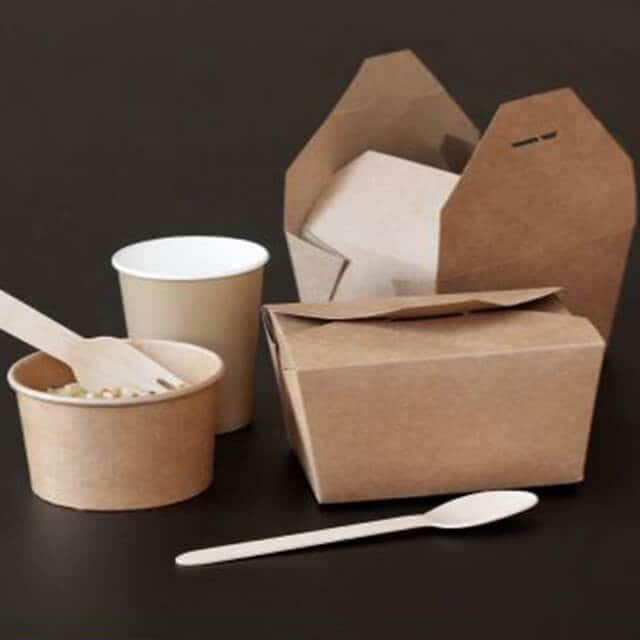
1. Eco-friendly food packaging
This is something we all need to be doing in every area of our lives, addressing the plastic waste that we accumulate on a daily basis. There are lots of great alternatives available now so there’s no reason not to be using them. It’s smart business too as two out of three consumers now care more about sustainable food packaging than they did five years ago. As a result, 66% of consumers will pay more for products from brands committed to the environment. Here are a few simple things to implement:
- Stop automatically adding condiments to takeout orders – ask the customers first
- If customers are eating their takeout at home they won’t need utensils and napkins – again ask the customer before including these items
- Your food has been ordered online which means your customer found your menu there – don’t include a paper menu when it’s not needed
- Look at the packaging you’re using, are all those layers necessary? Strip it back to only what’s necessary.
- Consider using biodegradable packaging wherever possible. It’s made from polymer-derived plastic that will degrade with the help of living organisms
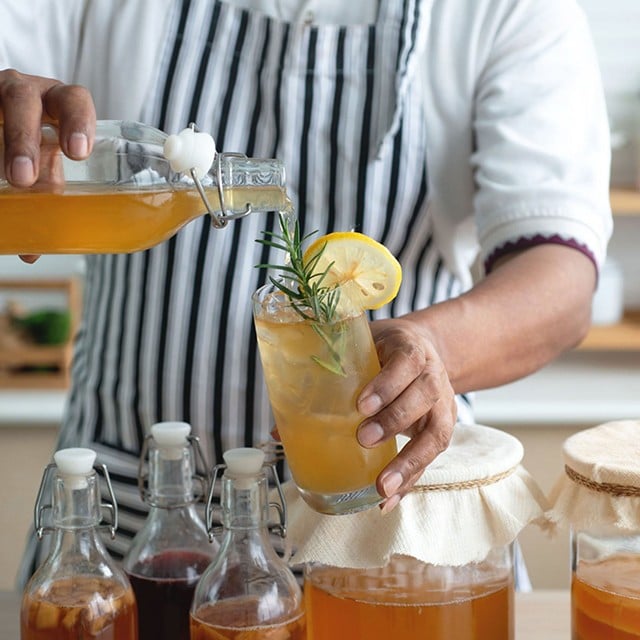
2. The rise in popularity of functional beverages
Drinks like kombucha aren’t just delicious, they carry benefits too, something that the consumer is increasingly looking for when making a choice. We can expect to see an increase in functional beverages over the next year, moving beyond the prebiotic and probiotic-rich drinks to omega-3 enriched dairy beverages and other fermented drinks too.
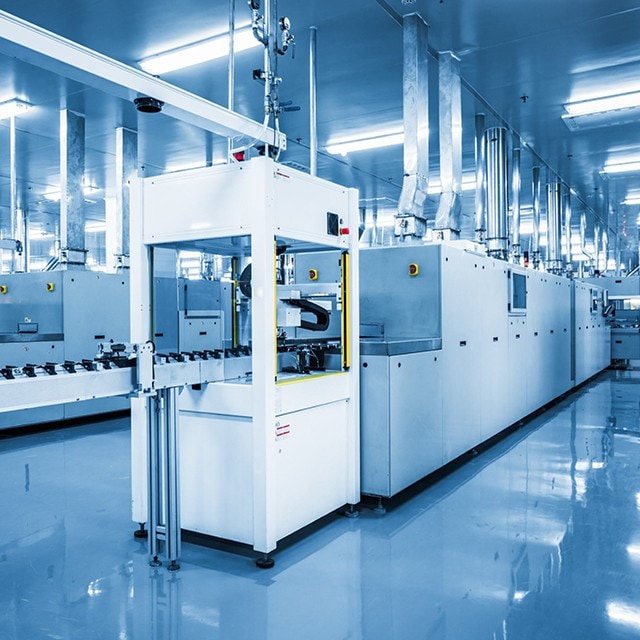
3. The Slot Drain System
This grateless design is built pre-sloped to prevent standing water and bacterial growth. It’s made from highly durable, food-grade stainless steel which makes it temperature, corrosion, odor, and bacteria resistant.
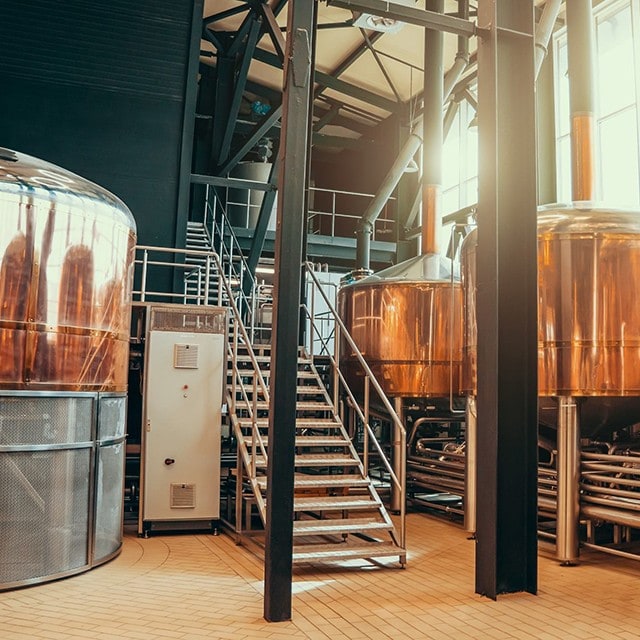
4. Large-batch fermentation
New technology has made large-batch fermentation even safer and easier, with precision temperature controls, advanced analysis implements, and other equipment ensuring the growing demand for fermented products can be met, and managed, in a safe manner.
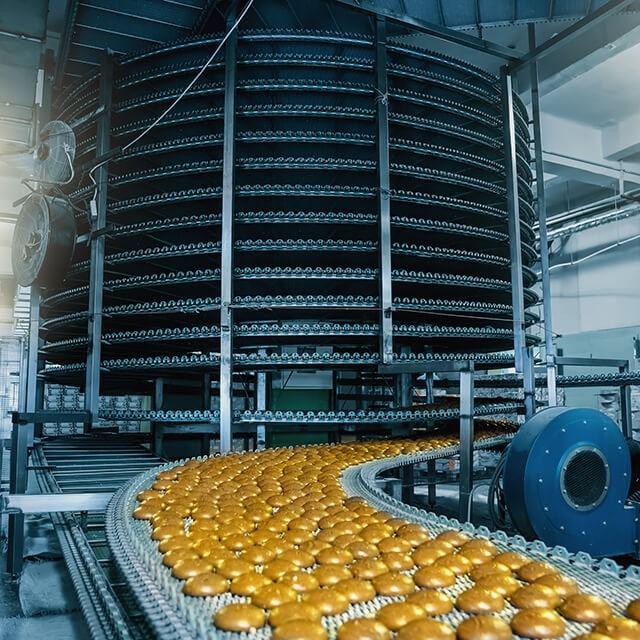
5. Robotics in the food industry
Autonomous food manufacturing could be the key to tackling the increasing demand for food. Robotic applications are most suited to the secondary processing stage at the point where ingredients are combined to form new products by baking and chilling. Robotics can be used for product sorting, defect removal, and mixing. The primary processing stage where raw food products are cleaned, sorted, transported, and blended is seeing some use of robotics but on a lesser scale. One piece of machinery gaining popularity is the robotic butchery machine which not only speeds up the process but also creates a safer facility by minimizing the impact on workers when handling potentially dangerous tools and machinery.
Bear Robotics, which is based in the US, has created Servi, a food-serving robot that autonomously serves food and drinks. Servi helps waiters by carrying dishes. It has a low footprint which makes it easy to navigate in narrow and crowded spaces. Roboeatz is another start-up utilizing AI-based autonomous robotics for kitchen tasks like preparation, plating, and cleaning.
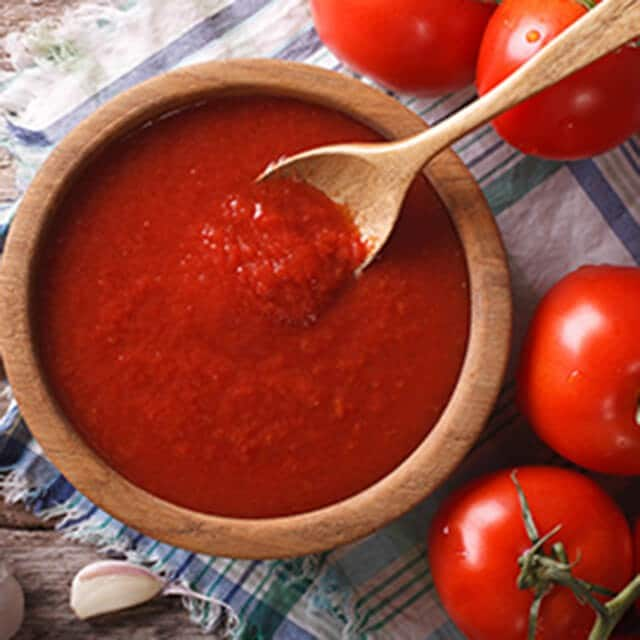
6. 3D food printers for personalization
The use of 3D food printers can help to enable personalized diet and alternative protein-based meals, along with precise and reproducible nutrition. Start-ups are using laser and inkjet food printing, as well as bioprinting methods, to develop food products. However, as food brands need food products with the exact specifications and quality reproducibility research continues into 3D food printing for large-scale food production. Solutions like this reduce the complexity and costs of food production and allow food brands to offer personalized food products at scale without incurring additional costs.
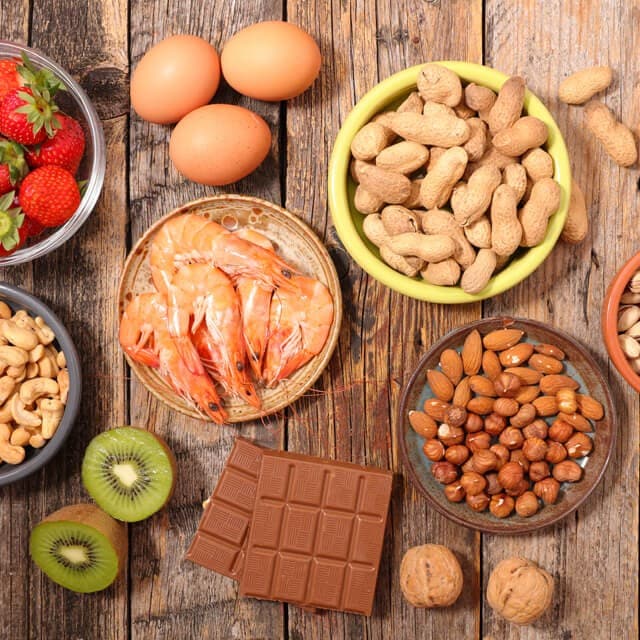
7. Keeping food fresher for longer
In food processing plants the concentration process helps to keep food products fresh until they reach consumers. Forward osmosis is a “gentler” process for concentrating food. It uses less energy and no heat and helps food to naturally retain more of its nutrients throughout processing. The result is a higher-quality product compared to those made using traditional concentration methods.
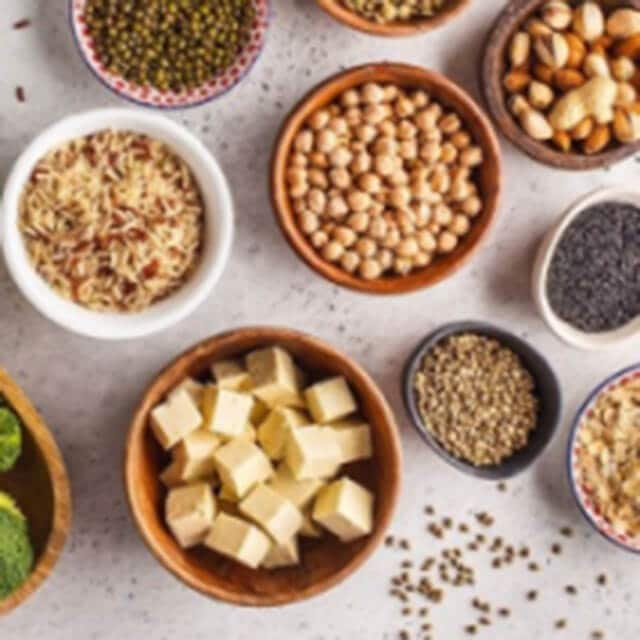
8. Digital food management
Big data analytics and AI enable digital food management from farm to fork. Start-ups are developing food management solutions to help food producers optimize manufacturing processes and supply chain operations. Restaurant digitization optimizes customer behavior analysis and demand forecasting using real-time data acquisition on food products and consumers. Utilizing both of these solutions can help food producers to better understand market requirements and predict disruptions. With this knowledge, they can reduce losses and manage supply.
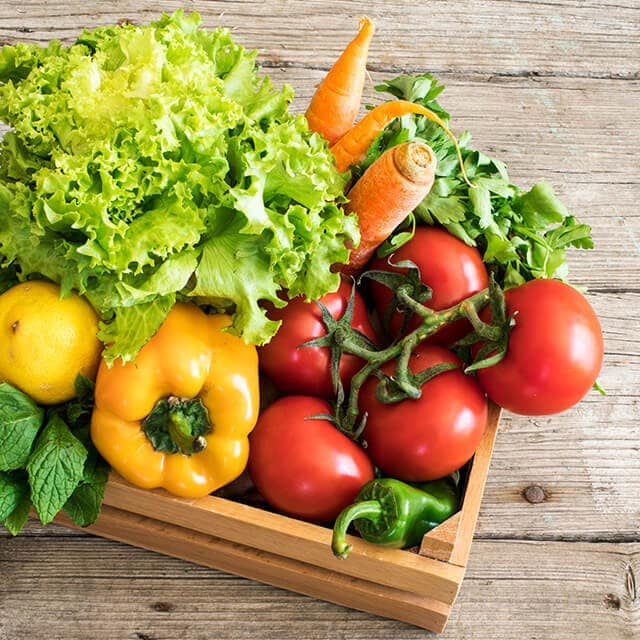
9. Personalised nutrition
A heightened awareness around personal nutrition is driving demand for personalized nutrition choices. These aren’t limited to nutrigenomics-based diets but also personal preferences such as sugar and gluten-free diets, vegan diets, and clean-label food products. Innovations in 3D printing and the adoption of robotics in food assembly lines have enabled food manufacturers to provide personalization at scale.
NGX is a British start-up that develops genetically personalized meal shakes. The start-up offers at-home DNA nutrition tests and utilizes the test results to personalize nutrition intake for each individual. NGX’s products are plant-based breakfast and snack shakes that contain 30 essential nutrients including valine, isoleucine, leucine, lysine, and more.
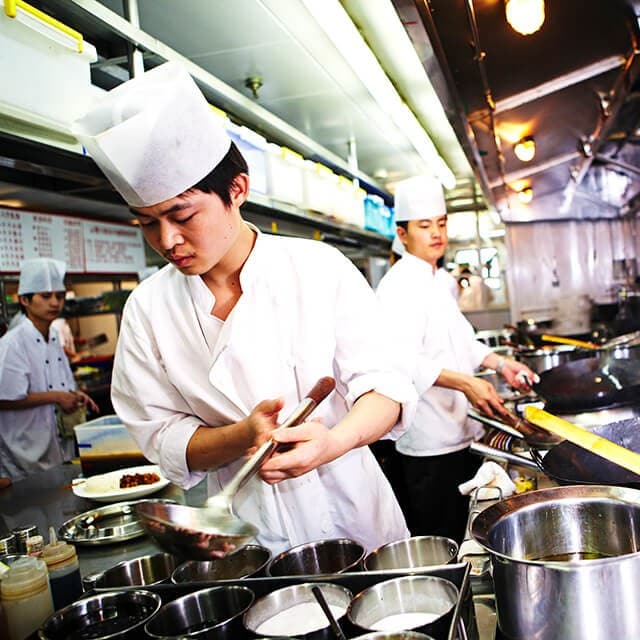
10. Utilising the latest technology in the food industry
Ecommerce has been in the spotlight in the industry for a while but COVID-19 further pushed innovations in food supply chains. Food brands utilize digital platforms to offer on-demand online delivery services and reach customers through direct-to-customer (D2C) distribution models. The safety concerns during the pandemic have promoted the growth of ghost kitchens or cloud kitchens that offer only food takeout and deliveries. Along with D2C, brands are focussing on omnichannel distribution to improve customer experience and improve sales. US-based start-up Orderscape makes restaurant voicebots that work with Amazon Alexa and Google Assistant. The start-up integrates its solution into restaurants’ existing digital order receiving devices - point-of-sale (POS) and tablets, enabling voice-based food ordering. This increases brand accessibility and lets restaurants convert local queries into actionable tasks.
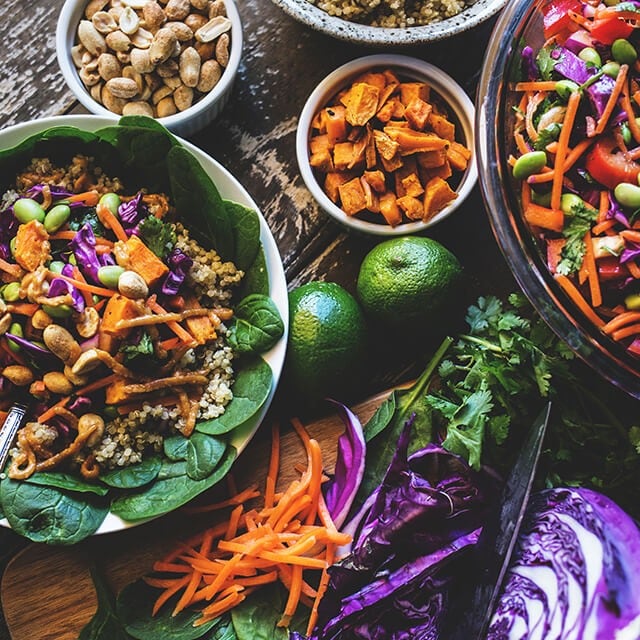
11. Alternative proteins
More and more people are broadening their pallets and introducing alternative protein sources into their diets to address health and environmental concerns. Cultured meat, plants, edible insects and mycoprotein-based foods are the primary alternative protein sources at the moment. They’re nutrient-rich and they have the benefit of minimizing resources from farm to fork unlike protein from livestock. They can make financial sense too as alternative protein sources require only marginal dietary requirements and health monitoring. Advancements in 3D printing, fermentation, and molecular biology have enabled start-ups to develop sustainable alternative protein production solutions. This helps food companies offset the ethical concerns and footprint of industrial meat production.
One such start-up is The Protein Brewery, which has developed FERMOTEIN, a proprietary animal-free alternative protein source. FERMOTEIN production involves brewing non-allergenic crops and fungi with essential amino acids and fibre. The start-up’s alternative protein has 10% fat and water-binding properties, contributing to a meat-like taste. FERMOTEIN is a pure ingredient with only brewed fibrous protein. The start-up’s solution helps sustainable food developers save time on food as it does not need additional processing to adapt to the taste for end products.
We live in a fast-paced world, change is inevitable. Keep on top of trends in the food industry and the latest food innovation and look at where you can implement relevant ones to your business, it’ll keep your customers happy and is likely to make your life easier too.
